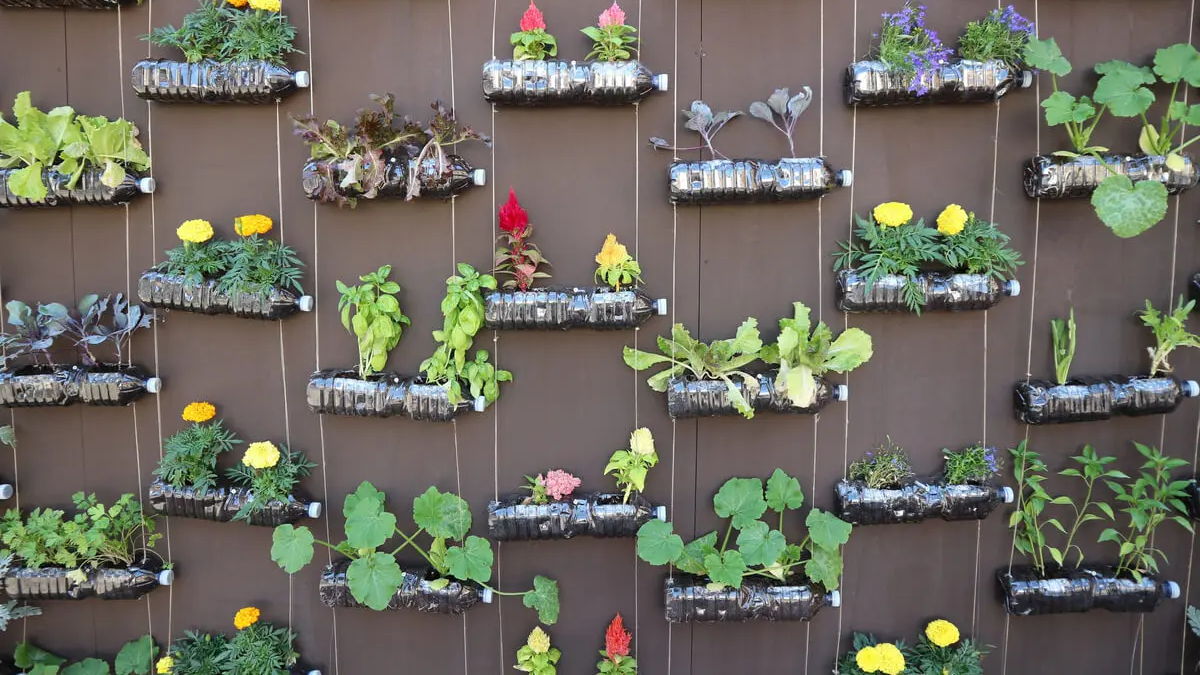Having your own garden is no longer exclusive to those who have garden. Grow in pots It is an alternative increasingly chosen by people living in departments or houses with little space. However, taking the first step can generate doubts or even some insecurity.
The good news is that take care of a pot in pots It is not very different from maintaining indoor or outdoor plants. In fact, the most common mistakes we usually commit when taking care of ornamental plants can also be applied to groceries. Knowing this can be the push that was missing to encourage to grow at home.
VEGETABLES.JPG
The necessary care to grow a garden in pots
There are five basic key garden aspects to consider to achieve a garden in successful pots. Rules that not only serve to start, but can also be moved to larger or traditional crops.
1. Space and light: the starting point
The first step is Observe carefully the place where we plan to install the garden. The sunny hours I could receive and the intensity of that light, as well as where it is oriented.
South orientation is the most convenient, since it guarantees a good amount of sunlight. But if you do not have that location, there is no reason to abandon the plan: crops such as spinach, chard or parsley can grow without problems even in spaces with faint or low intensity sun.
2. Choose the pots well
Not all plants need the same type of container. The choice of pots will depend on the crop and how much space requires to grow, both in depth and in diameter.
For example, a garlic can develop without inconvenience in a 10 cm deep pot, while a zucchini will need at least 60 centimeters to develop well. You also have to take into account the type of growth: vertical or huttering. In the latter case, planters can be a better option.
3. The material also matters
Beyond size, The container material influences the development of plants. The mud pots, for example, help keep the land fresh and allow to eliminate excess moisture thanks to their perspiration capacity.
However, they are not the only option. Some plants, especially in their early stages, can grow better in plastic or PVC pots, which retain moisture. That’s why, Knowing the needs of each species is key.
4. Substrate: good land, healthy plants
In a pot in pot, the ground is limited. Therefore, it is essential to use a quality substrate, rich in nutrients and organic matter. In addition, it must facilitate drainage and allow good oxygenation of the roots.
A practical option is to buy specific substrate for orchard. Another possibility is to prepare it at home by mixing universal substrate, coconut fiber and earthworm humus. The important thing is to avoid the common land of garden, which usually compacing and hinders root development.
5. Irrigation and fertilization, maintenance keys
In pots, the plant depends completely on who cultivates it. That means that both water and nutrients must be provided regularly and criteria.
A drip irrigation system can be a great ally: it helps maintain constant humidity, avoids excess water and optimizes consumption. As for fertilizers, they must be used depending on the type of crop and the moment of the year. They can be solid (which are placed on the substrate and dissolve with irrigation) or liquids, applied directly with shower.
This results in a small productive ecosystem on the balcony, the terrace or anywhere available from the house. Cultivating in pots is not only possible: it is also a way of reconnecting with natural cycles, taking care of what we eat and, why not, discover the pleasure of seeing something grow with our own hands.
Source: Ambito
I am an author and journalist who has worked in the entertainment industry for over a decade. I currently work as a news editor at a major news website, and my focus is on covering the latest trends in entertainment. I also write occasional pieces for other outlets, and have authored two books about the entertainment industry.




